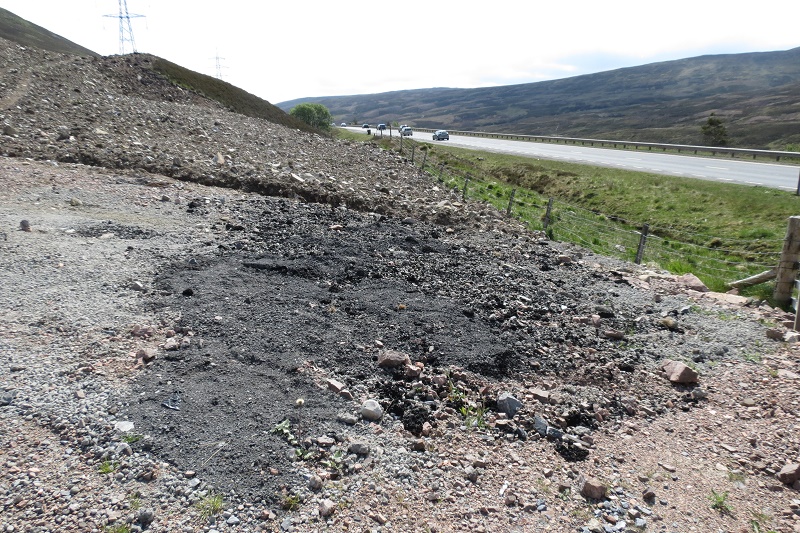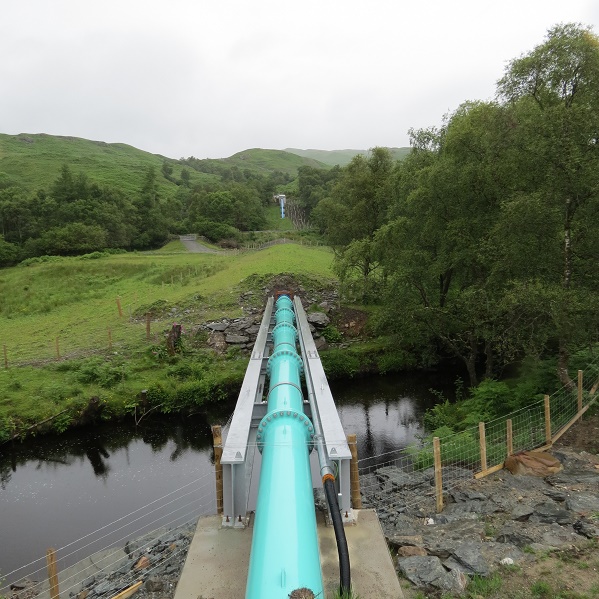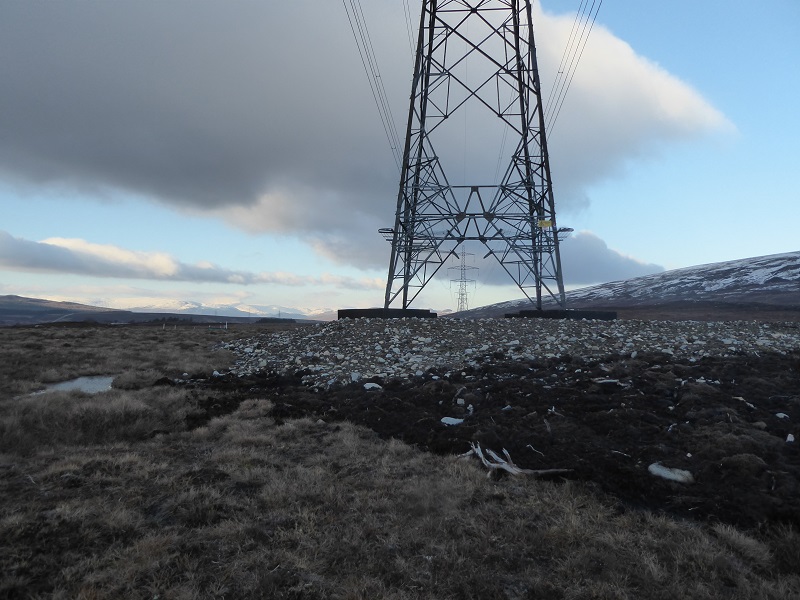
Planning powers are the most important tool our National Park Authorities have to achieve their four statutory aims, conservation and enjoyment of the countryside and sustainable use of resources and development. How they are used is crucial to the success of our National Parks and parkswatch has covered a number of planning failures and areas of concern.
While both our National Parks are required to have planning committees, how they operate is very different. The Cairngorms National Park planning committee comprises all Board Members but that in the Loch Lomond and Trossachs National Park comprises a sub-group of Board Members (now increased to eleven). Its in the agendas and papers for planning meetings that you see major differences: the CNPA meetings tend to have quite lengthy agendas and papers, the LLTNPA much shorter ones. It appears that in the LLTNPA far more decision making is delegated to staff and therefore takes place behind closed doors. In the CNPA Board Members are far more involved – a good thing in terms of democracy – and how decisions are made is far more transparent (which is not to say it could not be improved e.g through following the Highland Council example of broadcasting all Planning Committee Meetings).
The CNPA’s more open approach is reflected in the papers for its planning meeting on Friday.
Response to People, Places and Planning
An illustration of the difference in approach can be seen in the two National Park’s responses to the current Scottish Government consultation on “People, Places and Planning” which will be considered by their Committees in the next week. The CNPA has presented a full response to Board Members to consider , the LLTNPA has reserved the response to what it describes as the “technical questions” to staff.
More significantly there are some welcome signs that staff in the CNPA have taken on board some of the criticisms levelled at them in terms of how the planning system operates. So, they have raised the question of hill tracks:
“We also consider that the review should consider whether some development that can
be undertaken through prior notification or approval as agricultural and private roads
and ways should simply require planning permission. Many tracks on open moorland
and hills have some link to an agricultural purpose, even where the primary use is for
sporting activities. These tracks can be contentious, but the public may never know of
their approval nor have an opportunity to make representation on them. We suggest
that new tracks on open ground that are not in enclosed farmland should simply require
planning permission, irrespective of the purpose of the track.”
The response may be a bit wishy washy – there is plenty of evidence about the proliferation of hill tracks in the National Park – but here at last is a National Park giving a bit of a lead, saying that hill tracks should be removed from permitted development rights. Absolutely! What a difference to the LLTNPA who delegated powers to take decisions on hill tracks in Glen Falloch to staff (see here) with the consequent wrecking of the landscape in that glen.
The CNPA has also strongly supported increased enforcement and given examples – most welcome:
14. Should enforcement powers be strengthened by increasing penalties for noncompliance
with enforcement action?
Yes.
We also support an increase in planning fees for retrospective planning applications.
The CNPA has considered a number of retrospective planning applications as a result of
planning enforcement at relatively high profile locations including Cairngorm Mountain
and Badaguish. For some operators, a financial disincentive would help focus their
actions. It would also help resource the work that a planning authority does in
enforcement time and advice that leads to the retrospective application.
- the near universal failure of hydro schemes in the National Park to abide by the LLTNPA’s best practice guidance (just look out for those Lomond blue pipes)

- the LLTNPA’s decision in response to my FOI on the Ardchullarie hydro scheme (see here)to remove all information on this scheme post-decision from the planning website – making it impossible for the public to know what the National Park is doing to enforce planning conditions
The Beauly Denny scheme

It was also welcome to see among the CNPA papers an update on the restoration of the ground affected by the construction of the Beauly Denny powerline and a commitment to report on this annually for the next four years Item10AABeaulyDennyupdate. While its very positive that the CNPA are monitoring the vegetation regrowth, the fundamental issue is that if the work had been done properly, there would be no need to do this. The problem is that the peat and surface vegetation was never removed and stored properly, the contractors have then mixed glacial materials with soils and changed the nature of the ground with the consequence that natural regeneration is likely to result different plant species suited to the new soils.
It was interesting to read that:
“One of the conditions of the consent provided a specific role for the CNPA as a member of an environmental liaison group. The group’s purpose was to provide advice on appropriate mitigation and construction procedures and associated restoration and habitat management measures. The other members of the group were the planning authorities, Scottish Natural Heritage (SNH), Scottish Environmental Protection Agency (SEPA), Historic Scotland and Forestry Commission.”
The basic problem for the CNPA (which has also been a problem for the LLTNPA in many of its hydro developments) is that the appropriate construction procedures were not followed. The lesson surely is that monitoring of construction conditions should not be left to an Ecological Clerk of Works employed by the contractor – who because their job depends on the contractor cannot speak out – but by someone who is engaged directly by the National Park.
Planning Service Improvements
The CNPA also includes a paper on planning service improvements over the next year Item9AAPlanningServicePriorities2017-18 which is fairly open about human resource issues which have impacted on the service and also that there are improvements they need to make (a contrast to the LLTNPA which can never admit to any mistake)
The last point about this is about enforcement:
Review the way we report monitoring and enforcement activity in public (to improve public understanding of the system, awareness of consented developments and of the prioritisation of cases.)
In my view, this misses the most important point. The core problem is NOT members of the public failing to understand the system (something which is also promulgated by the LLTNPA – see above) – its that the CNPA has not been taking enforcement action where its needed. I know there are resource issues for all public authoriies but the point surely is that once landowners appreciate that our National Parks are no longer prepared to accept “crap” and are willing to take enforcement action, whatever the cost to the developer, the problems will stop and that will actually save CNPA staff lots of time spent uselessly try to persuade people to co-operate voluntarily. The biggest improvement the CNPA planning service needs to make in the next year is to establish its own moral authority.
Anything though the CNPA can do to make their actions more transparent would be welcome (a basic step would be to include all minutes of meetings and correspondence with developers on the planning portal) and might help make landowners and developers realise the CNPA is serious and committed to ensure the Park’s statutory objectives are met.
Very interesting read and thanks for this.